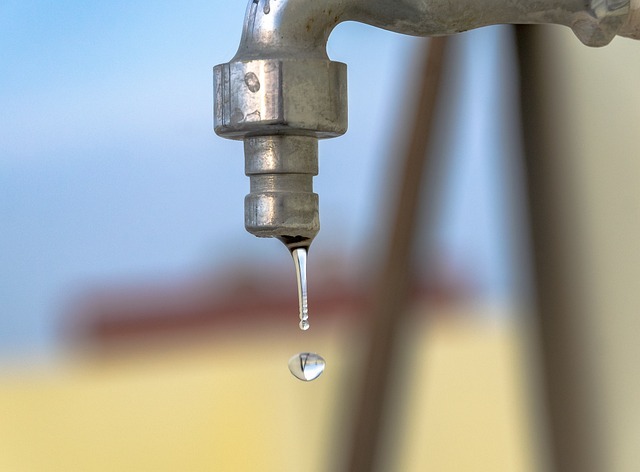
Now is the right time to learn about plumbing. You have considered it before, but just never set the time aside to do so. Online resources are available to help you figure out how to repair your plumbing problems.
If your water pipe freezes, switch on the nearest faucet tap to that pipe so that water can exit when the pipe thaws. Doing so provides pressure relief, and might spare you the damage of a burst pipe.
You can resolve most toilet clogs yourself. Try a plunger first. If plunging the toilet doesn’t seem to clear up a clog, check the toilet’s water level. If it’s too low, try filling a bucket with warm water. Open the toilet’s tank, and pour the water in. Repeat this as many times as necessary until your clog is gone, and you can flush normally once again.
Put the strainer on top of drains to catch any food that would go down and cause a clog. Your kitchen sink strainer needs cleaning every time something big gets stuck in it. Clean out the bathtup strainer every few days before it becomes clogged.
A great maintenance routine for bathtub drains is to pour baking soda and vinegar into the drain opening once a month. Cover it with a plug or rag, because a chemical reaction is sure to occur in your pipes. Flush it with boiling water after a few minutes. This method should clear your pipes of accumulated hair and soap scum.
Overflow Holes
Ensure overflow holes have not been clogged. Overflow holes divert water when a sink starts to fill up. That doesn’t happen often, but when it does, it can be a big problem if there is a clog. Make cleaning debris from the overflow holes part of your regular routine of maintaining your plumbing and checking it for problems and required repairs.
If you notice water draining into your dishwasher, check how the kitchen sink hoses are installed. A hose that is properly installed should lead uphill, then downhill, to discourage water from each area from mixing.
Fix issues with low water pressure by cleaning sediment buildup out of your faucet’s aerator. First, you should remove and disassemble the aerator. Next, clean it with a brush that has been dipped in white vinegar. Rinse your aerator, put it back together and back into the faucet. This should remove any obstructions that were in the aerator, thereby improving your water pressure.
If there is grout stuck in your line, it is most likely going to be a lost cause attempting to clean it all yourself. You could try to break up all the grout to send it down further. This works better when you have plastic pipes as opposed to metal ones. However, this problem usually requires the help of a plumber.
There are two easy methods to removing a stubborn clean-out plug. You can loosen the fitting with a hammer and a chisel. The only other thing you can do is chisel through it.
Though you may have no option as to which plumber comes, you can research them at any rate. Even if your insurer determines your plumber, you should go to their website and read any available consumer reviews to reinforce your faith in their abilities.
Thoroughly check out a plumber’s skills, licensing and references before hiring them. Some plumbers may not be experienced or skilled enough to be able to handle some jobs, and can actually make the problem worse. Ask around, and check online reviews. Your relatives and friends will likely know a plumber they will recommend.
A sewage backup into the toilet is caused by problems often deep within the sewage line. If you are unable to handle the issue on your own, you will need to hire a professional who can use a snake to unclog the line.
Before hiring a plumber, check their credentials against the local licensing agency or municipal authority. You can look at their track record, looking to see whether their license is valid and if they have any complaints lodged against them. If their license is questionable or expired, you won’t want to hire them to do work for you.
It is important to locate the main water supply cut-off valve in your home. You’ll find a water meter right on it or near by. Some plumbing fixtures, such as sinks and toilets, may have individual shut-off valves. Show your family members where these valves are, and then add markings that show how they should be turned off if an emergency occurs.
Many homeowners aren’t educated enough about plumbing. As a result, they pay far more than is reasonable for plumbing services. If you own your own home, it’s important that you take the time to learn the basics of plumbing, enough to ensure that you know what a plumber will be doing. This will make sure that you aren’t ripped off.
Many people find the idea of plumbing repairs to be frightening because of the potential destruction, if a mistake is made. This can happen, but it doesn’t have to if you know one key piece of information. Knowing where the shutoff valve is and how to get to it and turn it off is all it takes to avoid extensive water damage.
It can be very helpful for you to know how to do plumbing fixes in your home. You can now offer your plumbing knowledge as a resource for your friends and family, while also saving yourself a good chunk of money on plumbing repairs. By now, you’ve learned valuable concepts that will help you going forward.